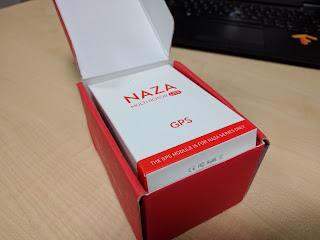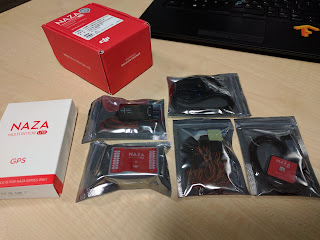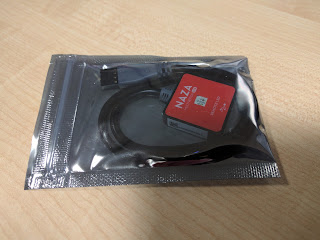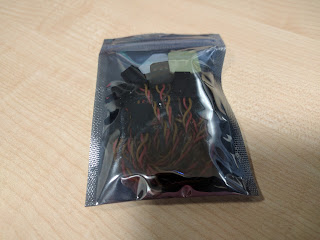Finally got the
DJI NAZA-M Light I ordered. It did get delayed - came about 2 weeks after the expected delivery date, which I'm guessing was due to the holiday season. But finally since it arrived, I wasted no time on unboxing it.
 |
| The NAZA-M Light came in a neat little box |
It came packed in a pretty nice box. I was actually expecting 2 boxes, since I ordered the GPS unit as well. But it turns out the GPS Unit box comes inside the main DJI NAZA box.
 |
| The GPS unit fits nicely inside the main package |
So, let's unpack everything and see what we got.
 |
| Everything unpacked |
First up, is the control module, a.k.a. the flight controller. This is the heart of NAZA. Every aspect of the multicopter is controlled by this.
 |
| The Flight Controller Module |
Next up, is the power regulator. This powers the flight controller from the battery.
 |
| The power regulator |
Next, we got the LED module, which works both as an indicator of the state of the multicopte, and has the ports to connect your NAZA to the PC.
 |
| The LED Module |
Then, we have some wires and connectors...
 |
| Wires and connectors |
... and the USB cable, which connects through the LED module.
 |
| The USB cable |
Moving over to the GPS module box, we have the GPS module, and the standoffs to mount it.
 |
| The GPS module, and mounting bits |
Now I'm eagerly waiting for the F550 frame to come, so that I can start building my hexacoptor.









Comments
Post a Comment